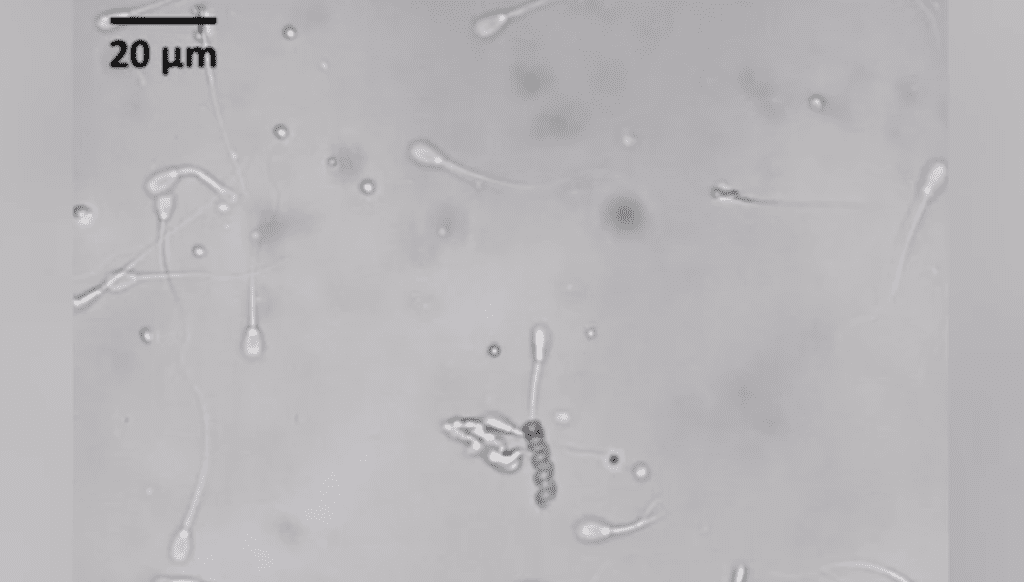German researchers develop “spermbots” to overcome male infertility by boosting sperm mobility towards successful fertilization.
- Innovative Solution for Infertility: Researchers have created micromotors, or “spermbots,” designed to assist sperm with mobility issues in reaching and fertilizing an egg, potentially offering a new solution for male infertility.
- Asthenozoospermia Addressed: The technology aims to help with asthenozoospermia, a condition characterized by a sperm’s inability to swim effectively, which contributes to infertility in approximately 7% of all males.
- Non-Invasive Method: The spermbots, comprising a spiraling metal piece that wraps around a sperm’s tail, are guided by a magnetic field, ensuring minimal cell damage and easy detachment upon fertilization.
- Cost-Effective and Efficient: This approach could provide a less expensive alternative to traditional assisted reproduction techniques, which are often financially burdensome.
- Future Potential: While still in the experimental phase and not yet tested on humans, the success of spermbots in lab tests opens new avenues for treating infertility with advanced nanotechnology.
In a groundbreaking study published in Nano Letters, a team from the Institute for Integrative Nanosciences at IFW Dresden, Germany, has introduced a novel concept that could significantly impact the future of fertility treatments. They have developed microscale motors, affectionately termed “spermbots,” designed to assist sperm in the journey towards egg fertilization. This innovative approach addresses asthenozoospermia, a prevalent form of male infertility characterized by impaired sperm motility.
How Spermbots Work
The spermbots are essentially tiny spiraling pieces of metal that encase the tail of a sperm. Acting as an on-board power supply, they propel the sperm forward, guided by an external magnetic field. This non-invasive assistance ensures that sperm with otherwise insufficient motility can reach and fertilize an egg. Remarkably, the metal motor detaches seamlessly upon contact with the egg, ensuring no harm to the cells involved and maintaining the integrity of the fertilization process.
Lab Experiments and Results
In laboratory settings, these spermbots demonstrated the ability to transport healthy sperm from one point to another, significantly improving the chances of successful fertilization while minimizing damage to the sperm itself. This advancement showcases the potential of combining nanotechnology with fertility treatments to provide more effective solutions.

Challenges and Considerations
Despite the promising outcomes in lab experiments, the application of spermbots in human fertility treatments faces several hurdles. The reaction of the female immune system to foreign micromotors, the occasional sticking of motors to sperm tails, and the overall viability of this technology in complex biological systems are areas that require further investigation.
Looking Forward
The development of spermbots by the Dresden team stands as a testament to the innovative possibilities within the realm of infertility treatments. While the technology is not yet ready for human trials, its success in laboratory settings offers a glimpse into a future where nanotechnology could play a pivotal role in overcoming fertility challenges. As research progresses, the potential for such technologies to provide cost-effective, efficient, and less invasive alternatives to traditional assisted reproduction methods grows increasingly tangible, promising new hope for individuals and couples facing infertility.

